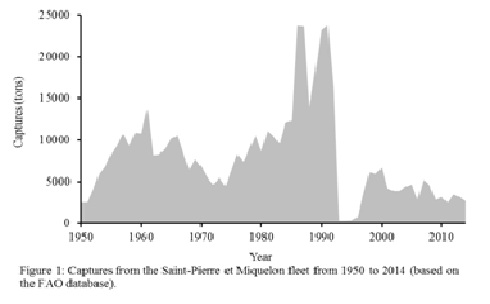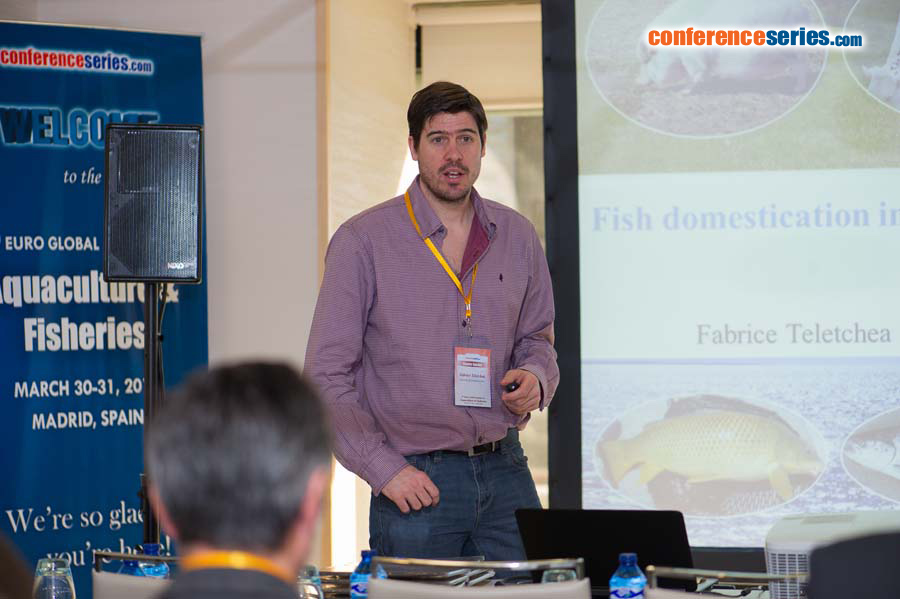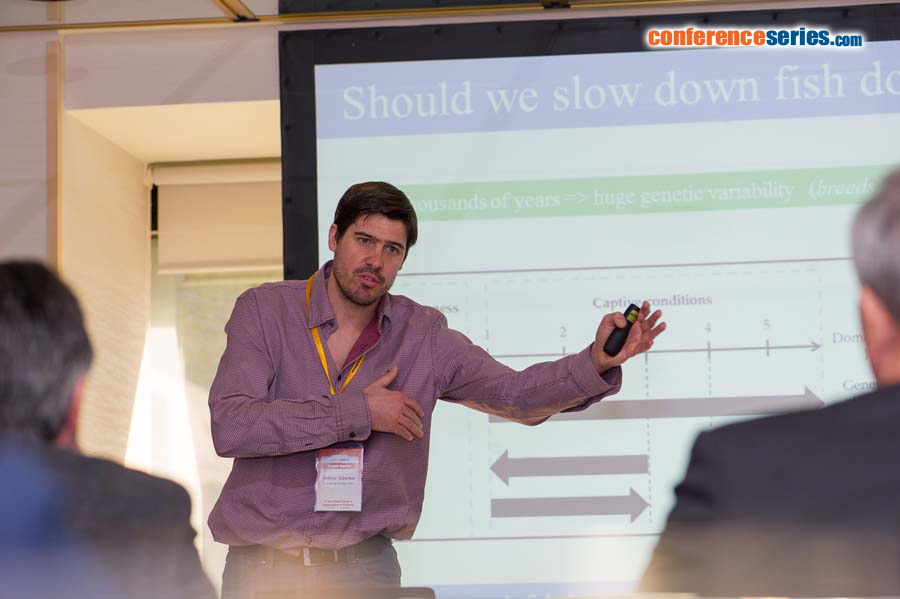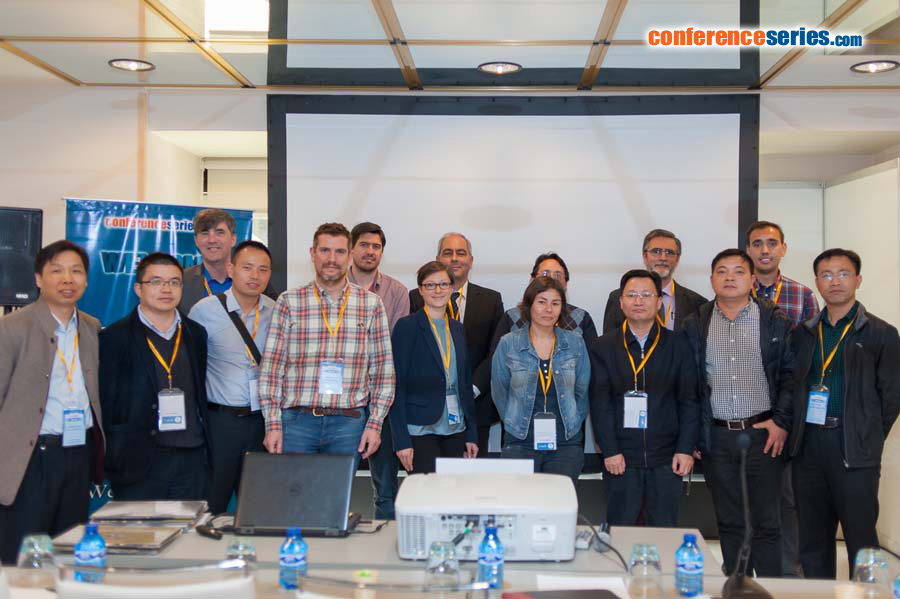
Fabrice Teletchea
University of Lorraine
France
Title: Fish domestication in aquaculture: Trends and emerging questions
Biography
Biography: Fabrice Teletchea
Abstract
Historically the bulk of aquatic products destined to human consumption came from the capture of wild fish in nature. Yet, partly due to the stagnation or even decline of global capture fisheries since the late 1980s, aquaculture has tremendously increased in the past decades. This has resulted that since 2014, and this for the first time ever in human history, half of the fish consumed throughout the world are farmed. The exponential growth of aquaculture has chiefly relied on the domestication (which is by definition a long and endless process during which animals become adapted to both humans and captive conditions) of an increasing number of both freshwater and marine fish species, particularly since the 1980s for the latter. The first goal of the present study is to describe how fish farming has evolved throughout the world in the past decades by using a new classification published in 2014, which contains five levels of domestication: from 1 (first trials of domestication) up to 5 (the entire life cycle is closed in captivity and selective breeding programs are used to increase specific traits, such as growth). Then, mainly based on the major finfish species produced worldwide, such as the common carp (Cyprinus carpio), the tilapia (Oreochromis niloticus) or the Atlantic salmon (Salmo salar), the second goal is to discuss three main emerging questions: (i) Is there a link between domestication level and the volume of production? (ii) Is domestication of fish species going too fast?, and (iii) Following what has occurred on land in the past millennia, should we now focused on a small number of species (such as cattle, pig, sheep, horse and goat) that will be strongly selected and introduced throughout the world and ultimately represent virtually the only fish products available worldwide.





